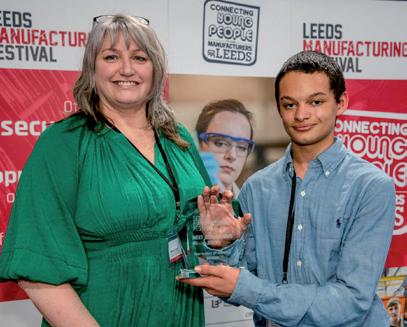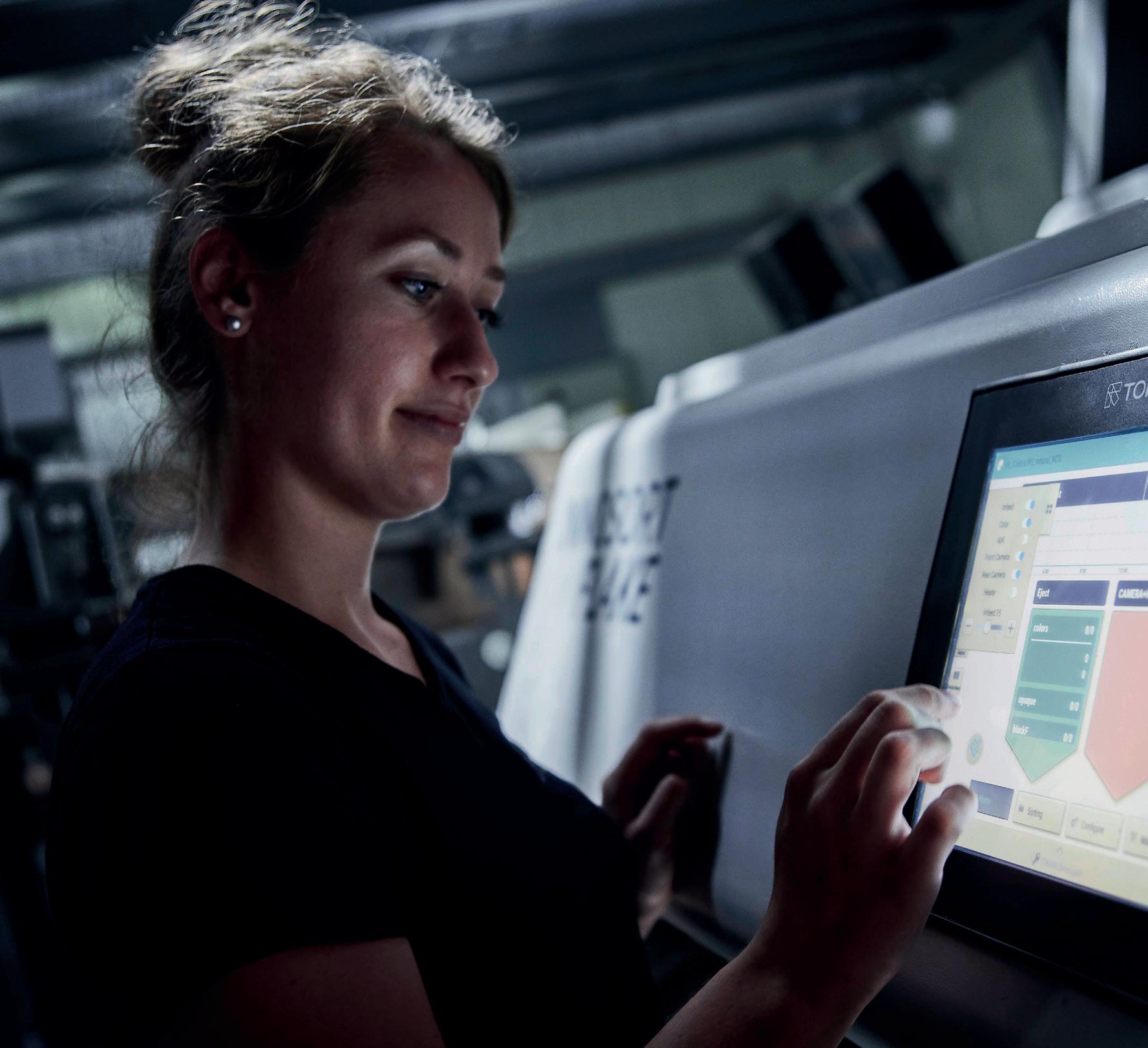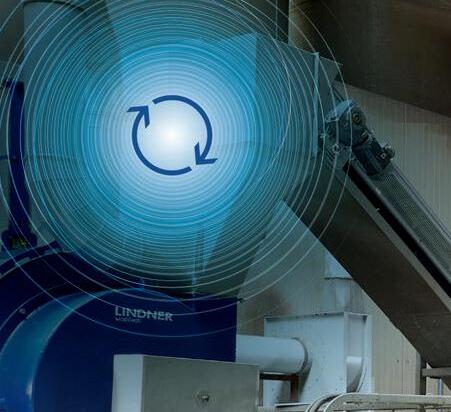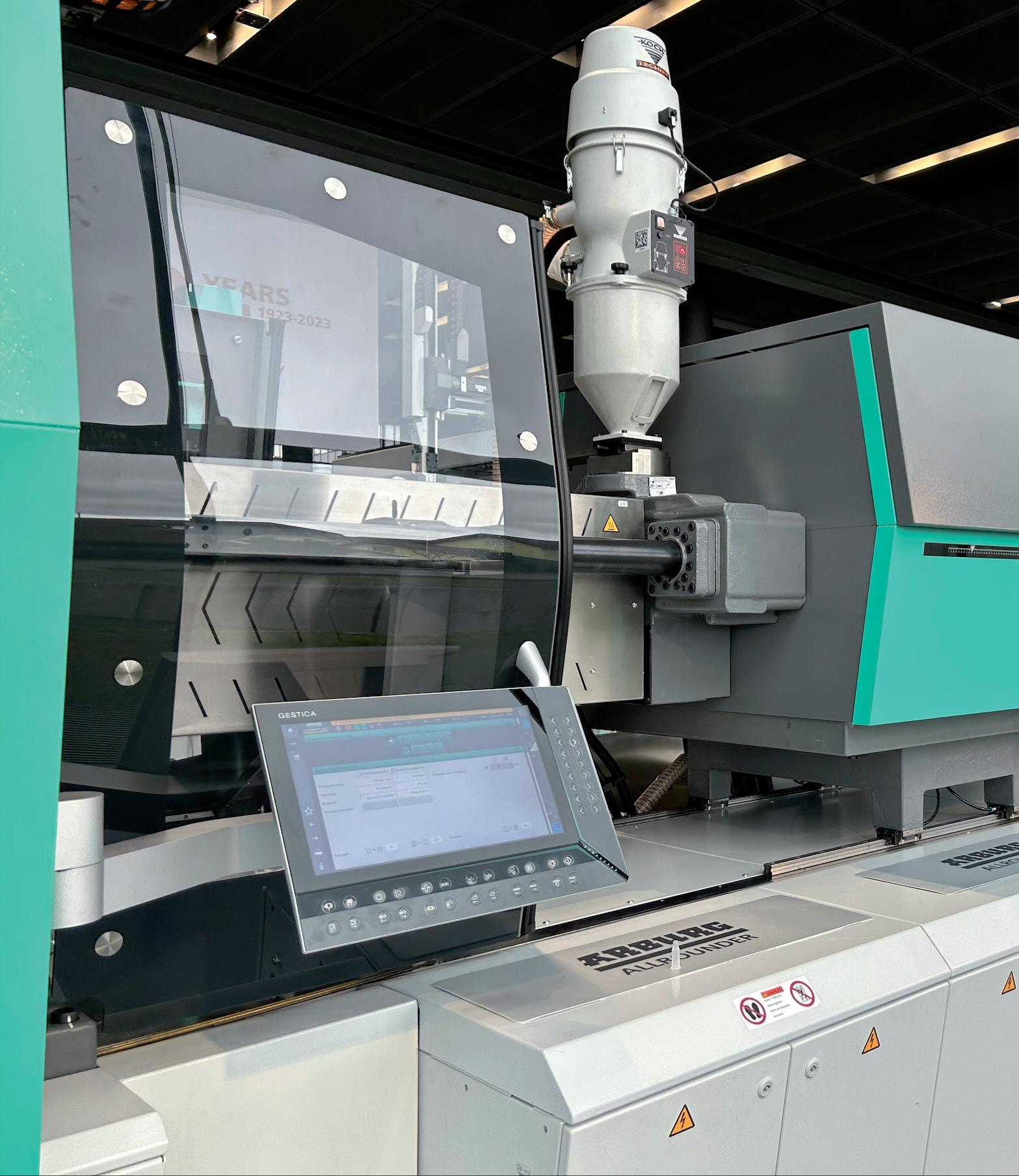
3 minute read
standard in polymers
from BP&R Mar 23
but it required considerable attention and frequent calibration. Francisco found it difficult to keep up with the maintenance required for the Chemours applications.
In addition, the system was quite costly “so we not only had to work more, but also had to pay more,” says Francisco.
Over time, Francisco monitored the development of Raman spectroscopy, and selected easy-to-use commercial technology by MarqMetrix. Founded in 2012 by scientists from the University of Washington, the company specialises in compositional analysis utilising Raman spectroscopy and has pioneered advancements in Raman for use in process analysis.
“When we recently needed to upgrade our Raman analyser technology, I saw that MarqMetrix equipment really fit our requirements in terms of size, stability, application, and ease of use,” says Francisco.
According to Francisco, the Raman equipment provides an unusual combination of compactness with stability.
focusing of the laser onto the sample by the operator for repeatable analysis, which can slow productivity and introduce human error. To streamline the process and increase reliability, MarqMetrix probes eliminate the need for the operator to focus the laser. This enables the user to simply touch the sample and get the same reproducible measurement every time with accuracy of +/- 0.1%.
“The probes are the only component that touches or interacts with the sample itself, so we have purchased ball, proximal, and flow cell probes to ensure we have all the options in our toolbox,” says Francisco.
basis and predicts properties related to the process that we are monitoring,” explains Francisco. “So, if we are looking for the composition of a polymer, the model could depict how to turn the Raman spectrum into the weight percentage of different monomers that comprise the polymer.” time inline measurements as well as laboratory testing.
Selecting the advanced technology has also resulted in significant cost savings.
“Compared to the more expensive Raman system we used previously, our MarqMetrix All-in-One cost at least 50% less,” says Francisco.
According to Francisco, Chemours had previous experience with two different Raman systems. He describes one as a “a low end, qualitative type system” that did not have great stability in terms of response or signal, nor great stability with respect to the wavelength access or its registration.
“[The low-end system] was useful for rough measurements, but was not a high fidelity, scientific instrument,” says Francisco.
The other system that Chemours used was a highquality R&D level instrument,
As an example, MarqMetrix engineered the All-in-One to produce identical and repeatable results from unit to unit, in a package 80% smaller than previous Raman instruments. Each device is nearly an exact copy so common mathematical models can be applied across systems to produce consistent results.
“The small package works beautifully, and the computing front end includes everything we need,” says Francisco.
The system works with a wide array of contact probes suitable for compositional analysis applications that can be changed in seconds, without the need for recalibration. MarqMetrix manufactures a wide range of standard and custom probes to measure compounds in any form, including solids, liquids, gases, slurries, pastes, and gels.
Traditionally, Raman spectroscopy requires the accurate and precise ongoing
The new Raman systems are designed to be quick and easy to use right out of the box.
“When we received our [MarqMetrix] system, we unpacked the box and were collecting Raman measurements within 10 to 15 minutes. I have never seen that before with a Raman system. The level of simplicity and accessibility is unheard of with this type of equipment,” says Francisco.
Although the MarqMetrix Raman equipment can be used to identify the components within approximately 15 minutes of unboxing, quantifying the concentrations of each component first requires creating a predictive model. For general laboratory use, MarqMetrix offers a library of pre-developed models that covers most common applications.
“In a manufacturing environment, [we use] a model that runs on a continuous
The versatile Raman technology is providing Chemours with the flexibility to measure and analyze polymers as needed, according to Francisco.
“We have found that Raman is also a very nice standalone technique that compliments everything else in the lab. It is not only a new technology for established applications, but also a flexible technology that finds its own niche in the laboratory,” concludes Francisco.
Accurate measurement is more essential than ever in the polymer industry. Understanding the chemical composition of raw materials and the consistency of processed products is the key to manage processes, reduce risks, and maximise outcomes.
With the advancements in applying Raman spectroscopy systems to sample measurement, laboratories now have a reliable, and economical tool that produces accurate, fast results and complements existing testing methodologies.
Driven by demand for data in manufacturing, the automation of post-processing/postmoulding operations is on the rise. As a result, Stäubli Fluid Connectors is now bolstering its work in the field of end-of-armtooling.

The firm has announced a new end-of-arm-tooling range. The mechatronics specialist already offers a technology portfolio in the area, coupled with advice for individual solutions in robotic material handling. But now, the group has entered into partnership with FIPA GmbH. FIPA specialises in the development and manufacture of technology for vacuum and handling components, as well as complete systems for handling processes.
A statement from the two firms states: “FIPA’s flexible product system, and their corporate philosophy, are a perfect match for Stäubli Fluid Connectors, and its own modular product concept. Armed with this joint expertise, the partners intend to develop solutions for future-oriented manufacturing concepts.”

Martin Bergmüller, Project Manager for End-of-ArmTooling at Stäubli Fluid Connectors, said: “FIPA is the ideal partner: with the










